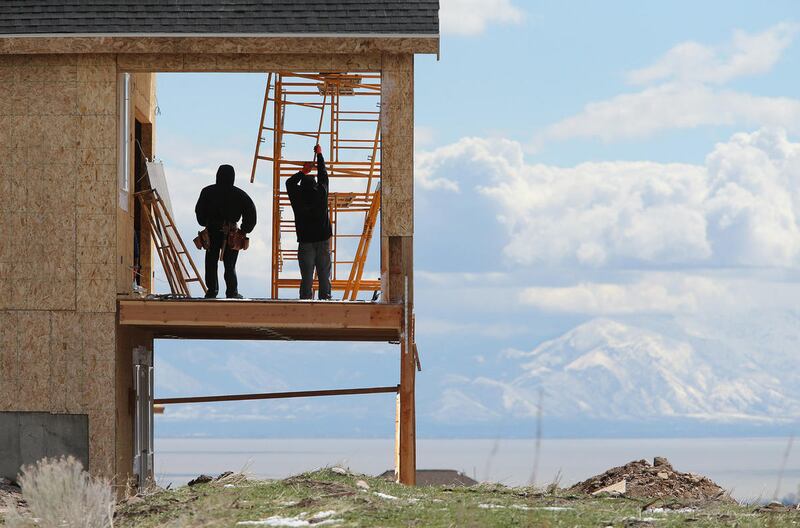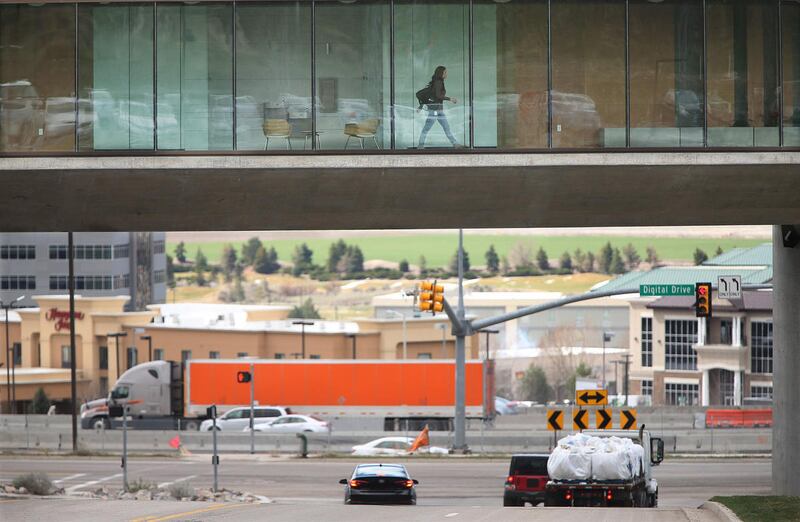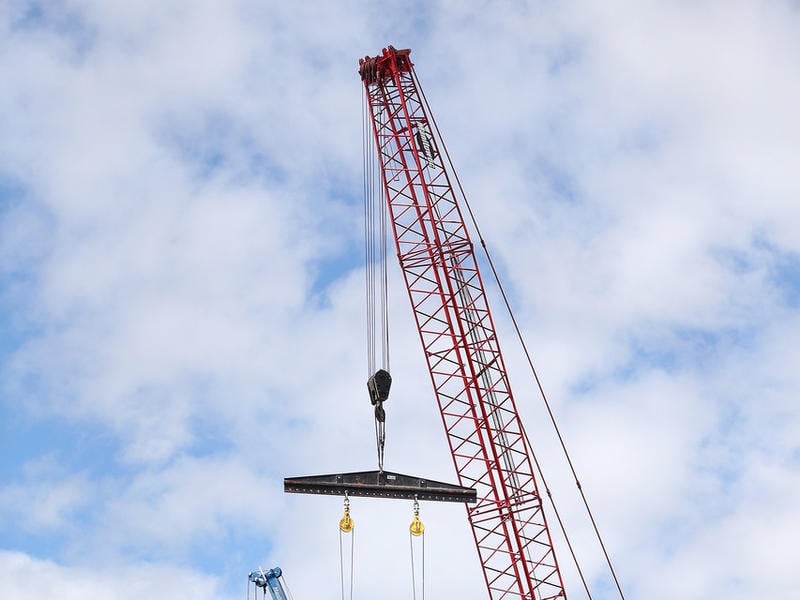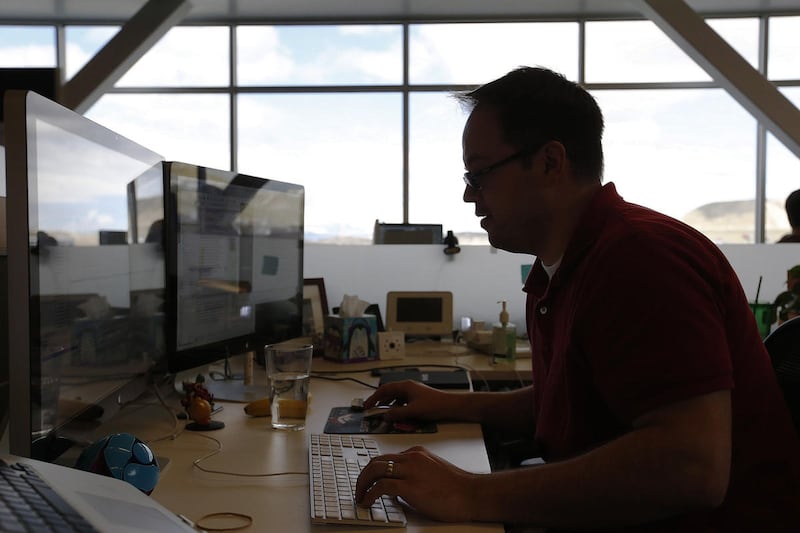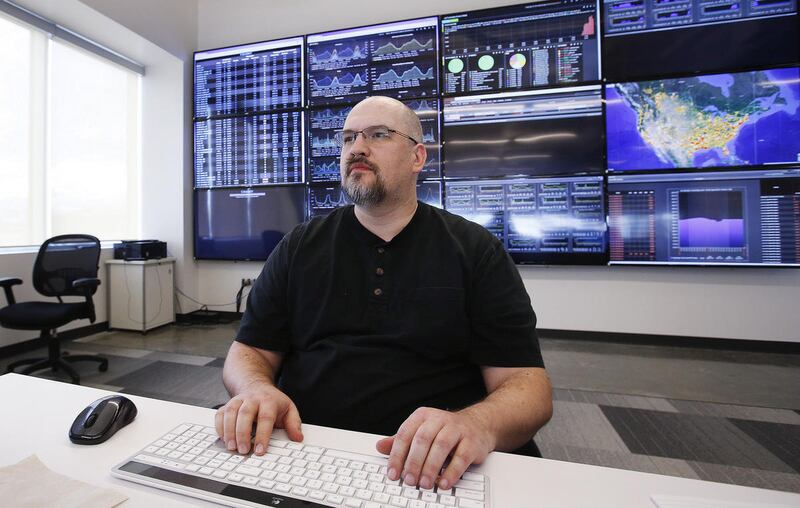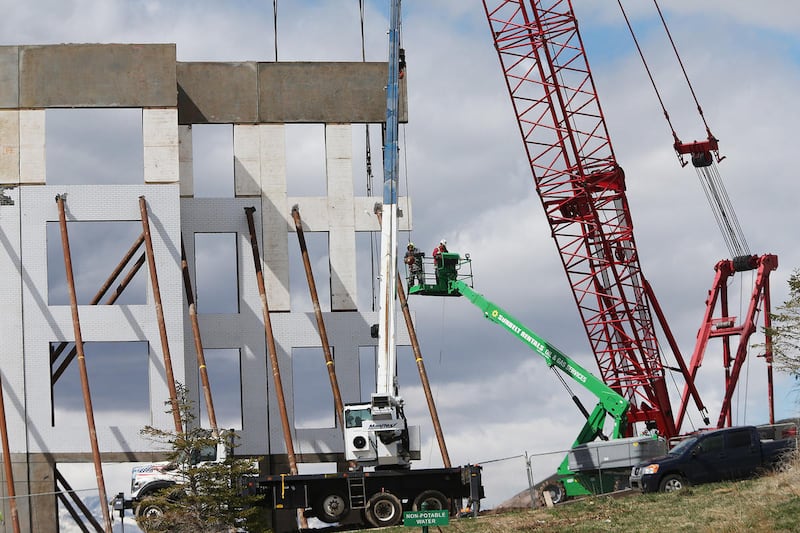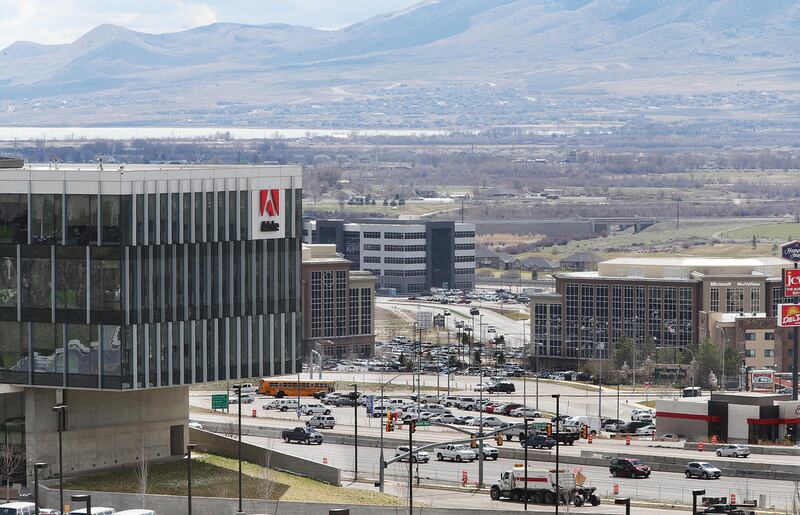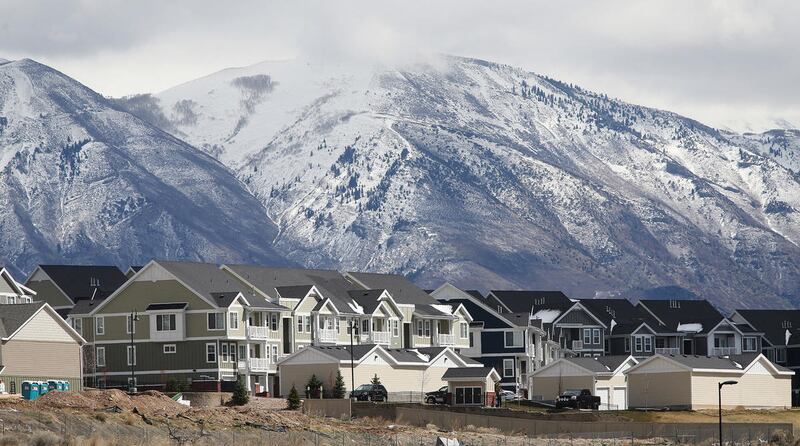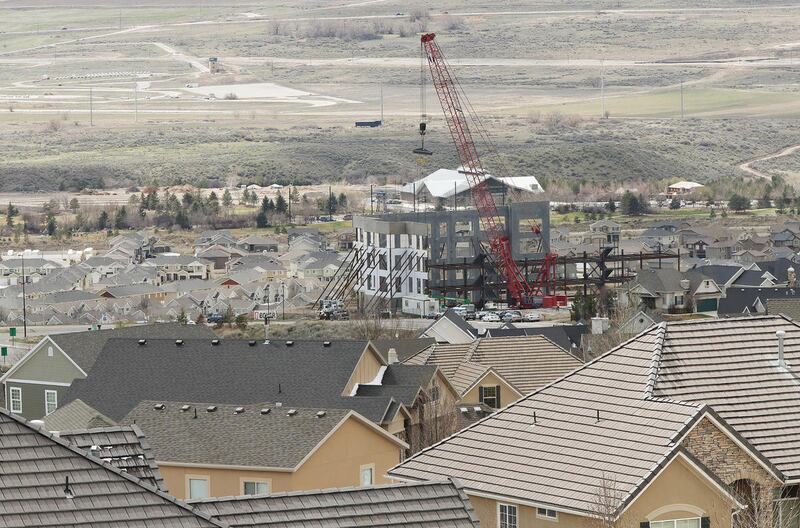SALT LAKE CITY — Salt Lake County's population of 1.1 million is almost double that of Utah County, the state's next most populous county.
But Utah County could soon be gaining a larger number of people each year than its neighbor to the north thanks to a thriving tech industry and overall economic opportunity that are bringing in a steady stream of new residents.
Between July 2014 and July 2015, Salt Lake County grew by an estimated 14,426 people, and Utah County nearly converged with that amount at 13,671 people, according to U.S. Census Bureau estimates scheduled for release on Thursday.
Three years earlier, the gap between the two counties in annual growth was much wider. Between the summers of 2011 and 2012, Salt Lake County grew by 16,410 people, while Utah County grew by 9,562 people.
It shows that Utah's silicon slopes are pulling the epicenter of population growth south of the state's capitol city as new jobs and new homes dot the Utah County landscape, according to Pamela Perlich, director of demographic research at the University of Utah's Kem C. Gardner Policy Institute
"This data set is really highlighting that the epicenter of growth for the state's population still really is northern Utah County, southern Salt Lake County. But it's really intensifying in northern Utah County," Perlich said.
In Salt Lake County, international migration accounts for about 26 percent of new residents, while in Utah County, only 8 percent of new residents come from outside the U.S.
Salt Lake County also sees a larger portion of its growth from natural increase, which is the difference between births and deaths. More than 83 percent of the county's growth last year was natural, compared with 72 percent in Utah County.
But domestic migration — move-ins from outside the county — accounted for 18 percent of new Utah County residents, while Salt Lake County had a net loss in domestic migration of 985 people.
The supply of real estate available for development also factors in as Utah County's population growth catches up with that of Salt Lake County, according to Perlich.
"You expect that as counties fill up," she said. "Not quite yet in Salt Lake County, but we'll get there at some point. That growth just keeps getting pushed further and further south. The geographic center of the Utah population is south of the Salt Lake County line now."
Rapid expansion
Several other counties and metro areas in Utah continue to see growth that outpaces most places in the country. Out of the 20 fastest-growing counties in the U.S. with a population of at least 10,000, two of them are in Utah.
Wasatch County ranked seventh in the country for a growth rate of 4.95 percent between 2014 and 2015. Morgan County ranked 11th, with a growth rate of 4.22 percent.
Population increases in these counties, Perlich said, is largely thanks to expansion from urban areas along the Wasatch Front. As new properties become more scarce in Davis and Weber counties, residents look to Morgan County for alternative housing options.
It's a similar story for Wasatch County, which is handling expansion from Salt Lake and Utah counties, she said.
Utah is also home to two of the 20 fastest-growing metro areas, including St. George, which ranked 17th nationally with a growth rate of 2.5 percent, and the Provo-Orem metro area, whose 2.4 percent growth rate ranked 20th.
Washington County was hit especially hard during the Great Recession following an explosive housing boom. Many looked there as a place to build a second home using equity. Building permits later plummeted drastically as developers withdrew.
But Thursday's Census estimates show recovery for Utah's southernmost communities.
"Washington County is back," Perlich said. "It's not back to its rip-roaring pre-recession bubble, but we are seeing a return to the migration to that area of the state. That's good to see."
Matthew Loo, economic and housing development director for St. George, said the city on average provided between eight and 12 residential building permits per month during the recession. Now the city averages between 50 and 55 permits per month.
"Moving forward, I think we've learned our lesson," Loo said. "The growth that we're expecting is positive, controlled growth."
While Loo said there's "a good mix" of families entering the city, much of the ongoing growth is driven by retiring couples. And with that comes a host of community services that create a broad employment dynamic for new residents, such as medical services and various housing developments.
"That continues to grow," he said. "All in all, it's a great community for someone to retire in."
Washington County also accommodates enrollment growth at Dixie State University, as well as new technology companies that attract between 50 and 100 new employees almost every year, according to Loo.
A new landscape
Recovery has not been so quick in other counties in the state.
Between the summers of 2014 and 2015, populations declined for Beaver, Carbon, Daggett, Emery, Garfield, Kane and Wayne counties. Combined, those counties lost an estimated 646 residents during that time.
Perlich said the rural-to-urban migration for some counties is partly due to today's economic landscape being far different from the one that existed prior to the recession.
"This is showing the imprints of the Great Recession and how a lot of people in these rural areas are now having to come to the urban areas to make their livings, go to school," she said. "It speaks to relative economic opportunity in the urban areas."
Utah as a whole is still experiencing a falling number of births each year, even though birthrates still remain higher than that of the nation. Natural growth accounted for almost 70 percent of Utah's overall population change, compared with 54 percent nationally.
In-migration to Utah was similarly affected by the Great Recession, though the state didn't experience a significant out-migration as did other metropolitan areas, such as Detroit and Chicago.
"You can't really underestimate the carnage that this recession has exacted from population growth and migration to the state. What these data are showing is we've now re-established that positive in-migration flow," Perlich said.
As Utah outperforms other states economically, the state can expect domestic migration, international migration, birth rates and first-time home ownership to all accelerate. Overall population growth will also continue, even as the number of deaths rise with Utah's aging populace, Perlich said.
"It's a very solid, respectable, sustainable level of growth," she said. "For me, it's kind of a big sigh of relief to see this because it's signaling to me that that recession definitely has lifted."
Email: mjacobsen@deseretnews.com
Twitter: MorganEJacobsen


